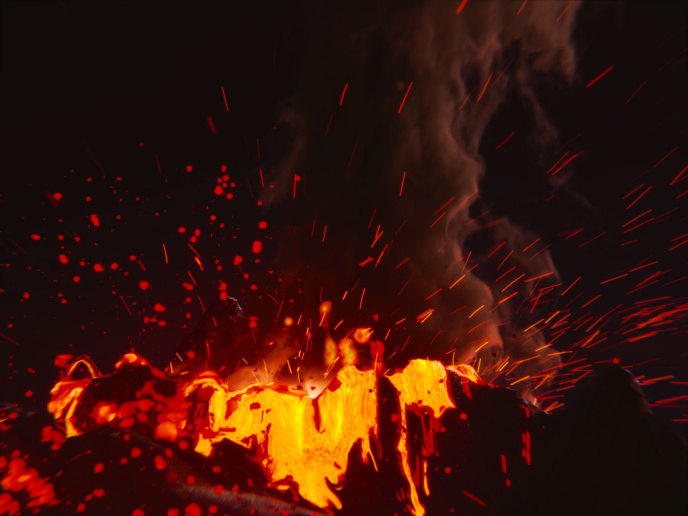When continental plates move more slowly
Earth’s geological history is far from tranquil. It is riddled with major volcanic events that completely disrupted the planet’s climate and environment, leading to mass extinction of species. But what affected the onset and duration of these volcanic events millions of years ago? A new study supported in part by the EU-funded V-ECHO project suggests that the culprit was most likely a slowing of continental plate movement. Published in the journal ‘Science Advances’, the study shows that the reduced plate movement made it possible for magma to rise to the Earth’s surface, causing the volcanic events that devastated the planet. As a result of the volcanic activity, atmospheric carbon emissions intensified, warming the Earth’s climate and bringing about unparalleled changes to ecosystems that caused many life forms on land and in the oceans to go extinct.
A Welsh borehole’s hidden secrets
To find these answers, the researchers looked to the Toarcian age, one of Earth’s largest environmental upheavals that happened about 183 million years ago. They studied mercury concentrations from mudstone deposits from this period, obtained from a borehole in Wales, United Kingdom. Using this data, they were able to link the period’s severe climatic and environmental changes with major volcanic activity and the associated release of greenhouse gases in the southern hemisphere. The global plate reconstruction models the team created then made it possible to identify the main geological process that most likely controlled the onset and timing of this major volcanic event. “Scientists have long thought that the onset of upwelling of molten volcanic rock, or magma, from deep in Earth’s interior, as mantle plumes, was the instigator of such volcanic activity but the new evidence shows that the normal rate of continental plate movement of several centimetres per year effectively prevents magma from penetrating Earth’s continental crust,” states the study’s first author Dr Micha Ruhl of Trinity College Dublin, the University of Dublin, Ireland, in a news item posted on ‘Newswise’. “It seems it is only when the speed of continental plate movement slows down to near zero that magmas from mantle plumes can effectively make their way to the surface, causing major large igneous province volcanic eruptions and their associated climatic perturbations and mass extinctions. Crucially, further assessment shows that a reduction in continental plate movement likely controlled the onset and duration of many of the major volcanic events throughout Earth’s history, making it a fundamental process in controlling the evolution of climate and life at Earth’s surface throughout the history of this planet.” The research supported by V-ECHO (Revealing hidden volcanic triggers for global environmental change events in Earth’s geological past using mercury (Hg)) provides valuable insight into one of the major processes affecting the Earth’s climate system. The project ends in November 2024. For more information, please see: V-ECHO project
Keywords
V-ECHO, Earth, continental plate, volcanic event, plate movement, magma, climate, Toarcian



